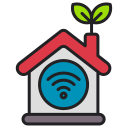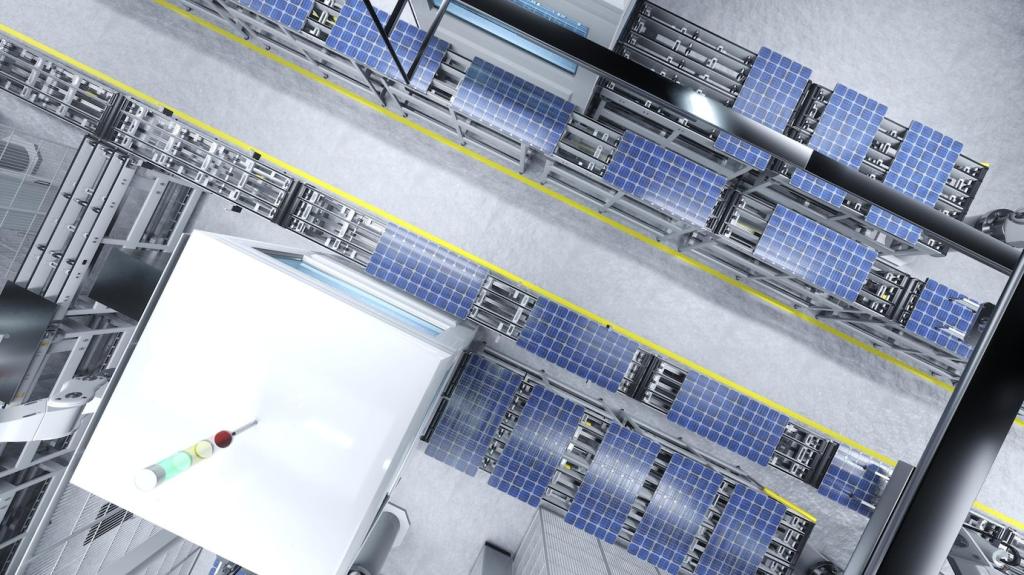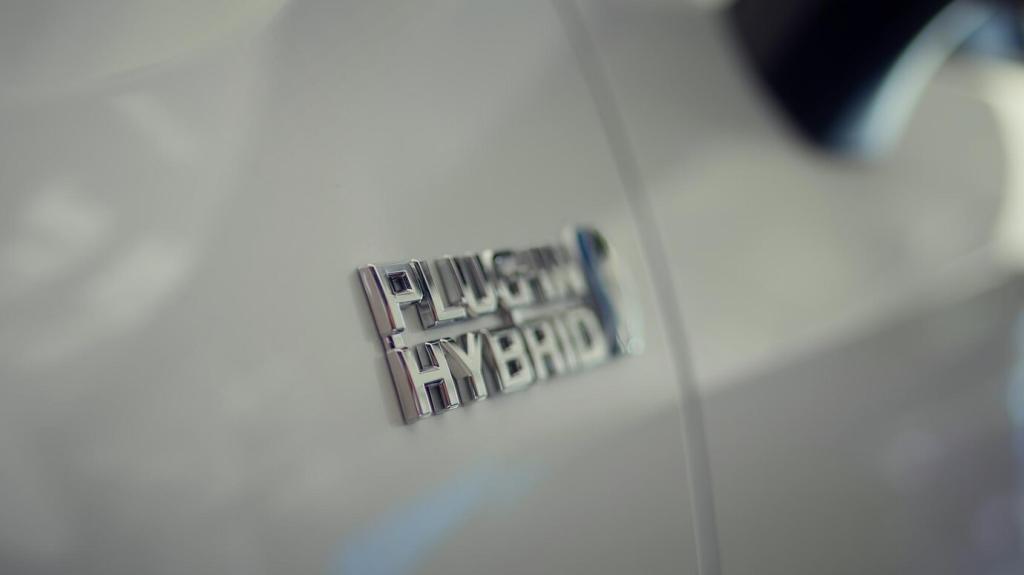Retrofits, Budgets, and Real Stories
Starting with attic insulation and a smart thermostat, Maya cut drafts, then added heat pump zoning and LED lighting. She tracked savings in a spreadsheet, celebrating each ten-dollar drop. What would your phase one look like? Post your first three steps.
Retrofits, Budgets, and Real Stories
Renters can still act: smart power strips, window-sealing kits, and portable induction cooktops reduce load without landlord approvals. A reader reported cooler summers after reflective shades plus scheduled fans. Renters, share your favorite reversible upgrade that delivered measurable comfort.






